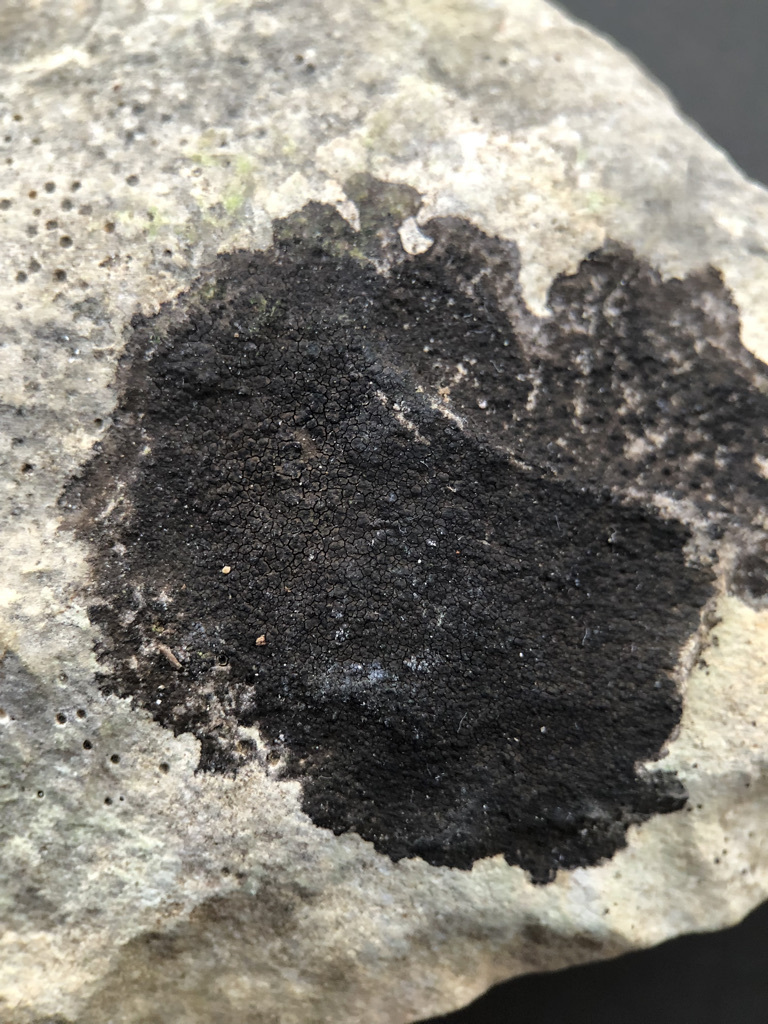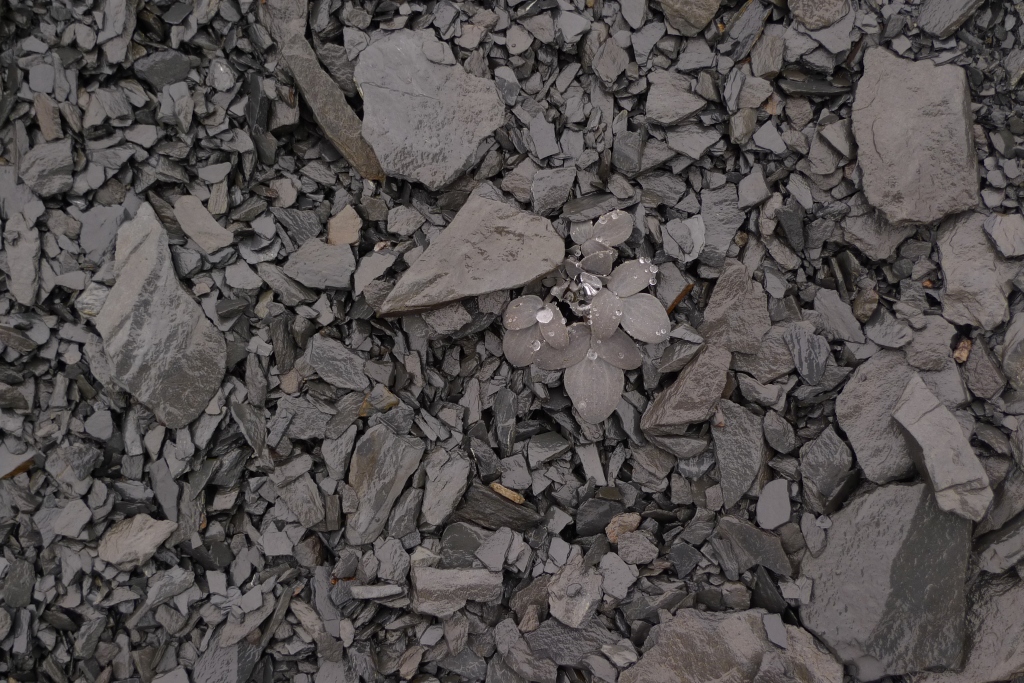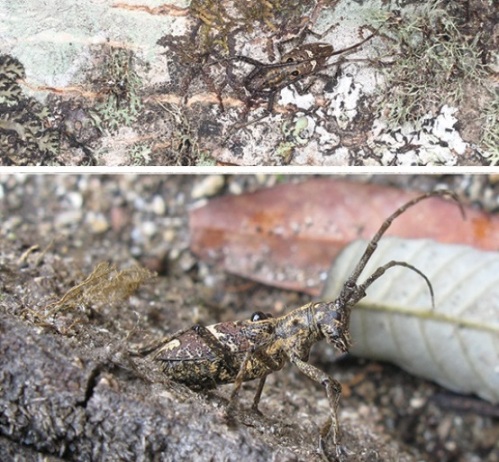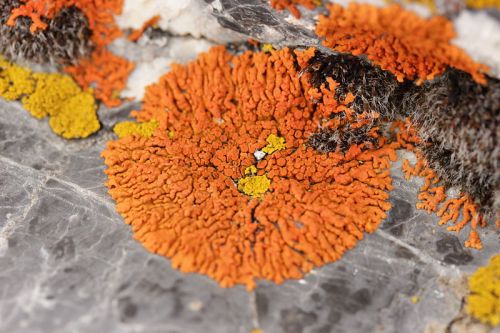by Piter Kehoma Boll
Lichens form an astonishingly diverse group of algae-associated fungi that are found in all sorts of places over the world. One of the most easily recognizable genera is Usnea, whose species are commonly known as beard lichen. One of the most widespread species across the globe is Usnea hirta, the bristly beard lichen.

Like all species of Usnea, the bristly beard lichen is a fruticose lichen, which means it grows in the shape of a small leafless shrub or coral on the surface of trees. It has a grayish-green or greenish-gray color, and its “branches” are very flexible but not as long as in other species that look more like a beard. It prefers to grow on acid bark, especially branches of conifers such as Pinus, and is not that common in deciduous trees, at least in temperate regions. It likes open sites where it can receive lots of sunlight.

With worldwide distribution, the bristly beard lichen is a relatively heterogeneous species, which led to many problems in its classification, as many regional forms were described as separate species and later revealed to be the same Usnea hirta.

Like many lichens, the bristly beard lichen can reproduce both sexually and asexually. Sexual reproduction occurs through spore production in apothecia (singular apothecium), cup-shaped structures. When the spores are released in the environment and germinate, they need to find a compatible alga to start a new association or the fungus will not survive. Thus, sexual reproduction is very difficult and asexual reproduction is the most efficient strategy. It consists of forming soralia (singular soralium), small “warts” that grow attached to the branches of the lichen. The soralia are groups of sorecia (singular sorecium), which are small units formed by a piece of alga surrounded by fungal hyphae. As both components of the association are already present, a sorecium can germinate whenever it lands on a suitable surface.

The bristly beard lichen is very sensitive to air pollution, especially to sulfur dioxide (SO2) and nitrogen compounds. It has also shown the ability to bioaccumulate heavy metals in its tissues. As a result, more recent studies are trying to turn it into a model species for bio-monitoring of air pollution, especially in North America.
Thus, if you find yourself surrounded by trees covered with lots and lots of bristly beard lichens, it is likely that the air where you live is not that bad, at least considering sulfur and nitrogen compounds.
– – –
More lichens:
Friday Fellow: Elegant sunburst lichen (on 15 July 2016)
Friday Fellow: Christmas wreath lichen (on 23 December 2016)
Friday Fellow: Pygmy black lichen (on 13 November 2020)
Friday Fellow: Black wart lichen (on 29 October 2021)
– – –
References:
Clerc, P. (1997). Notes on the genus Usnea Dill. ex Adanson. The Lichenologist, 29(3), 209-215. https://doi.org/10.1006/lich.1996.0075
Fos, S., & Clerc, P. (2000). The lichen genus Usnea on Quercus suber in Iberian cork-oak forests. The lichenologist, 32(1), 67-88. https://doi.org/10.1006/lich.1999.0242
Shrestha, G., Petersen, S. L., & CLAIR, L. L. S. (2012). Predicting the distribution of the air pollution sensitive lichen species Usnea hirta. The Lichenologist, 44(4), 511-521. https://doi.org/10.1017/S0024282912000060
Van Herk, C. M., Mathijssen-Spiekman, E. A. M., & De Zwart, D. (2003). Long distance nitrogen air pollution effects on lichens in Europe. The Lichenologist, 35(4), 347-359. https://doi.org/10.1016/S0024-2829(03)00036-7
– – –
* This work is licensed under a Creative Commons Attribution-NonCommercial 4.0 International License.
This work is licensed under a Creative Commons Attribution-NonCommercial 4.0 International License.


















